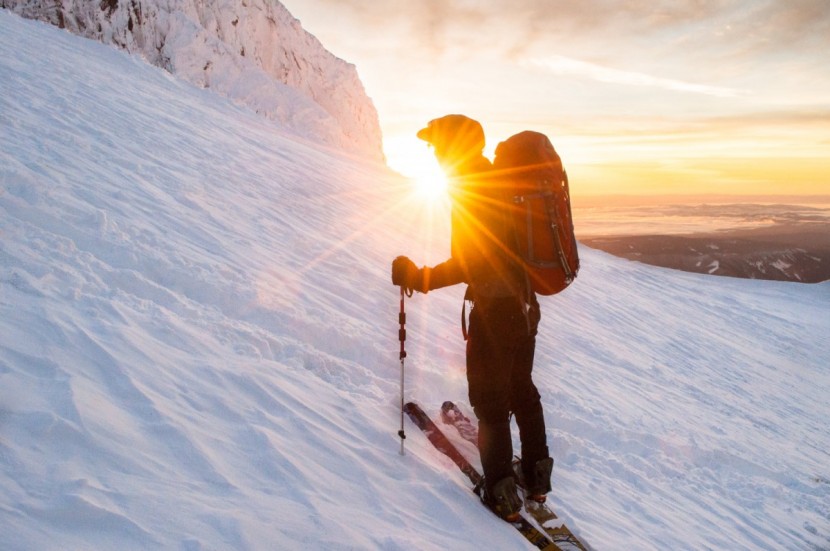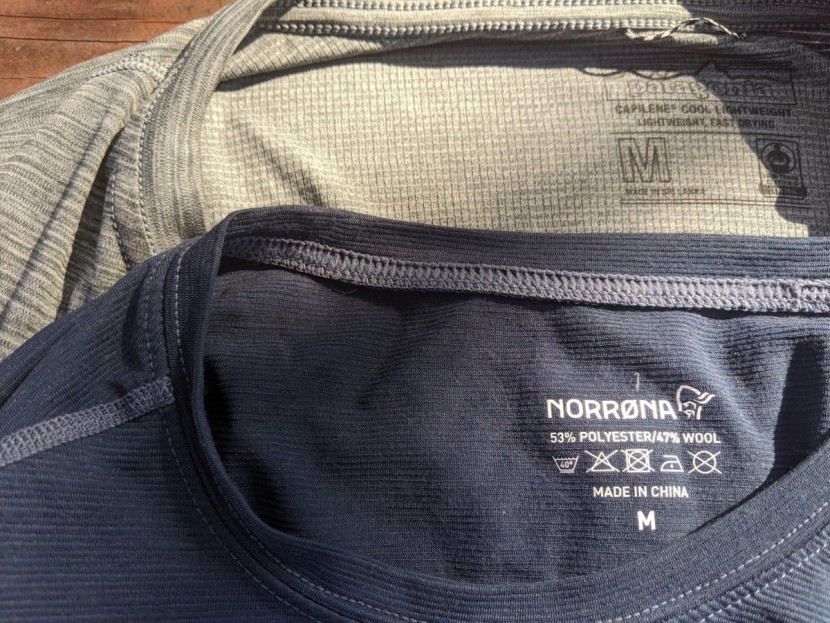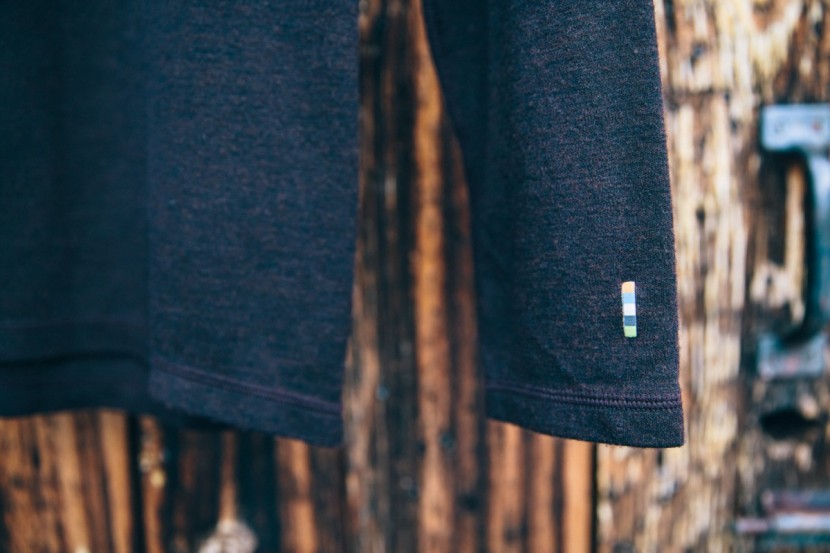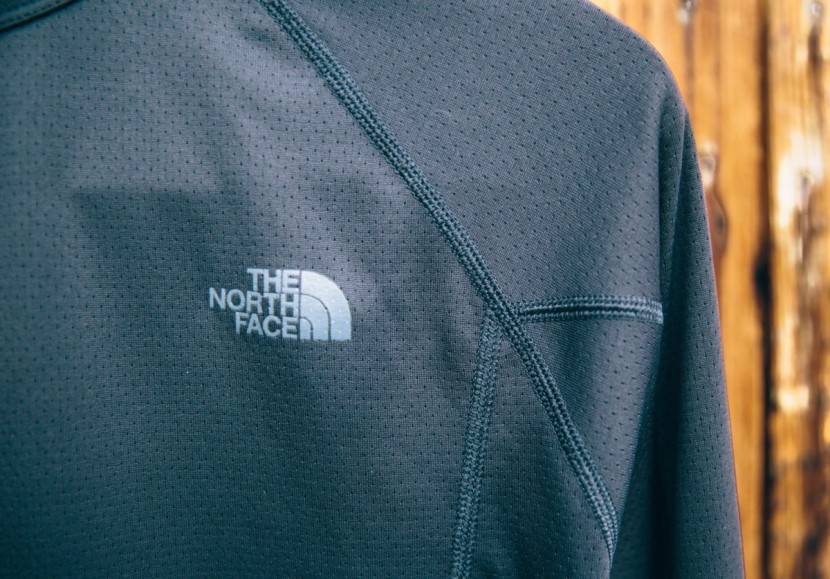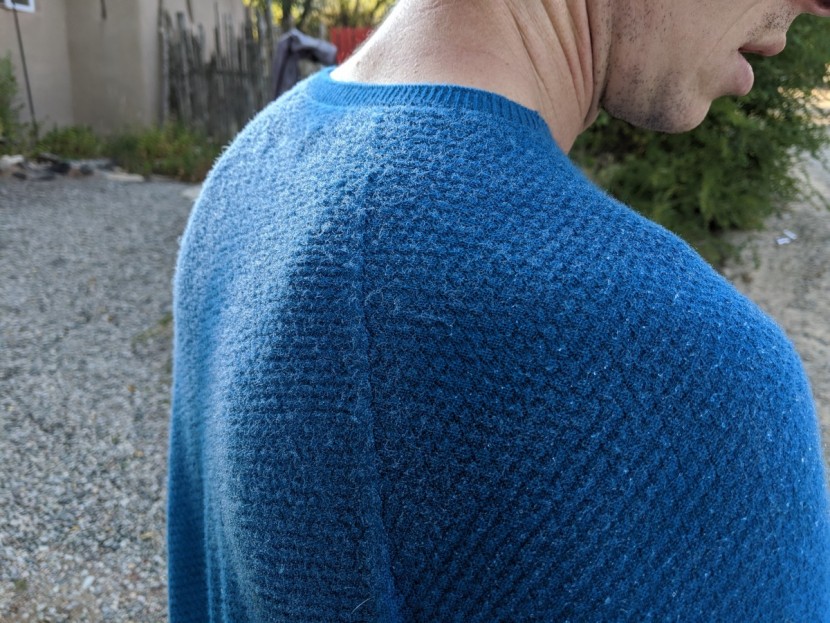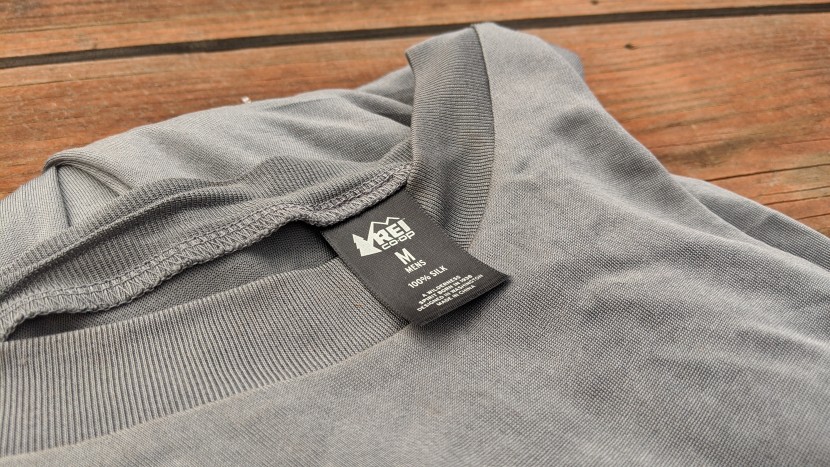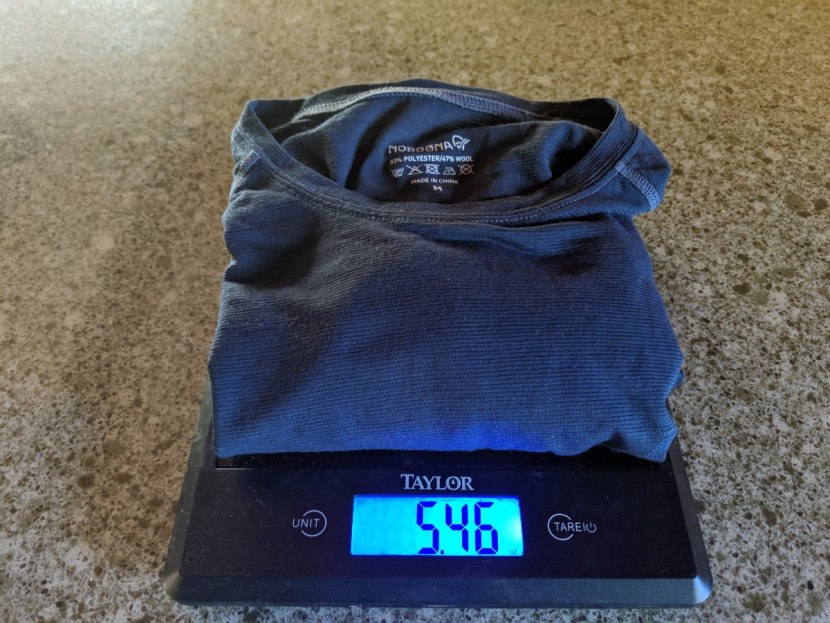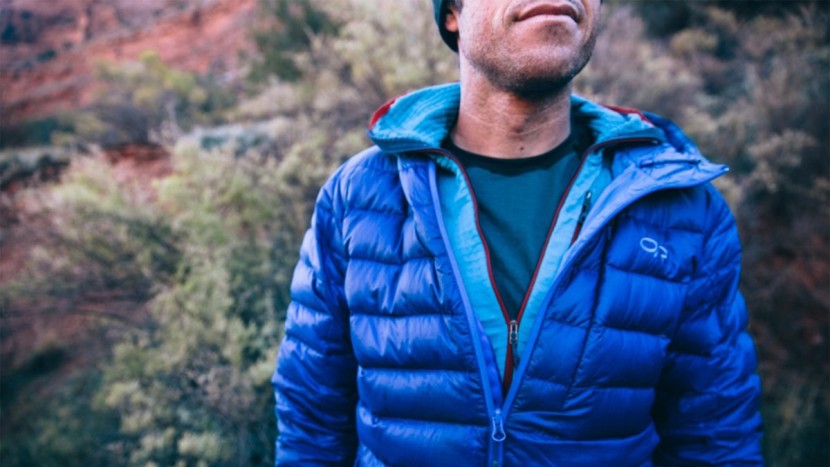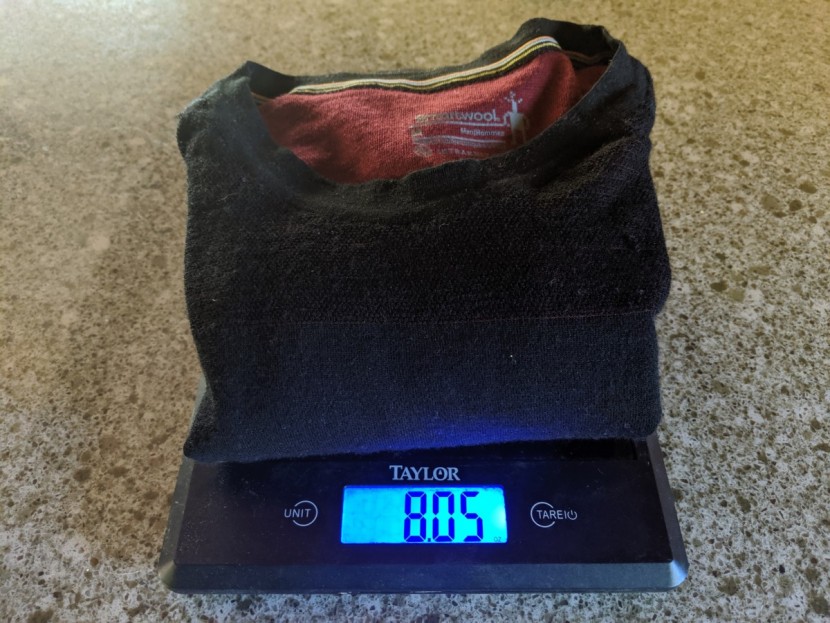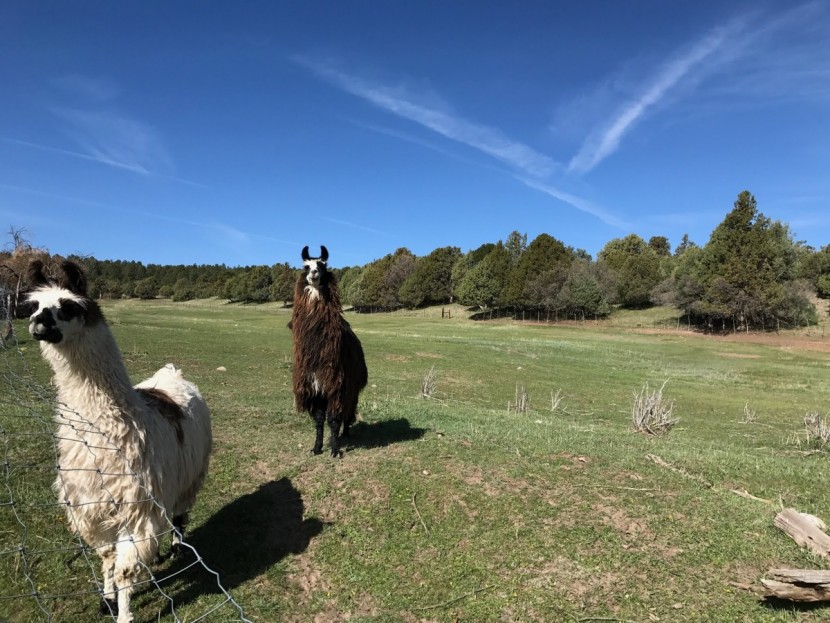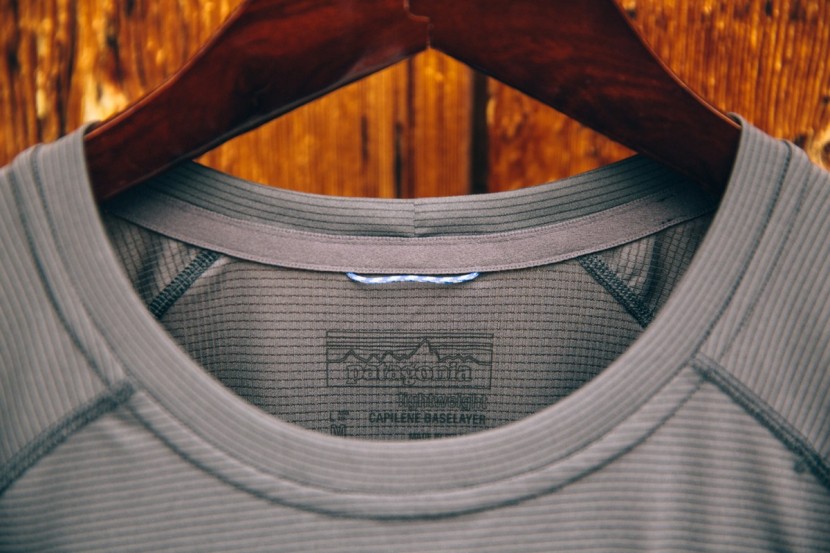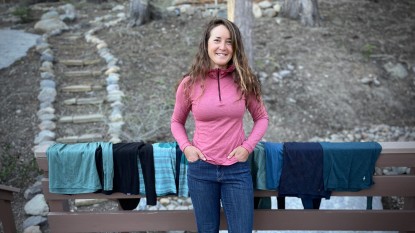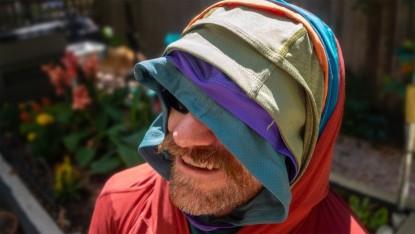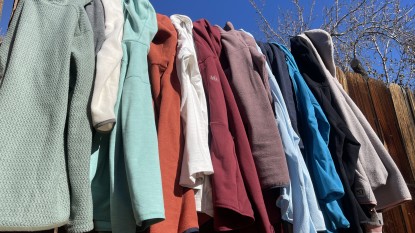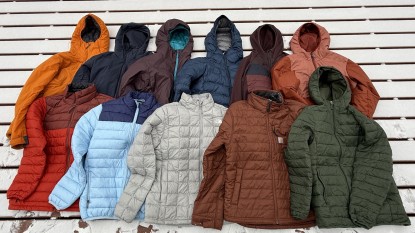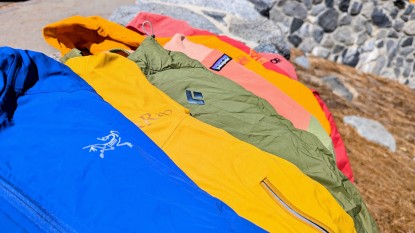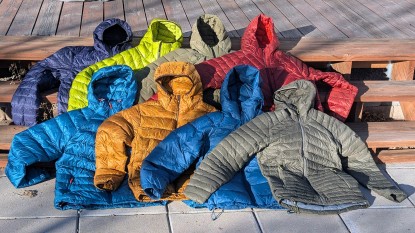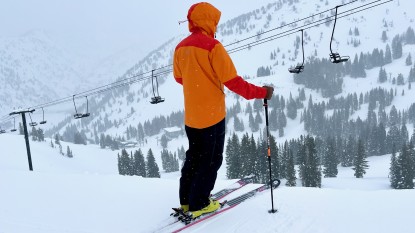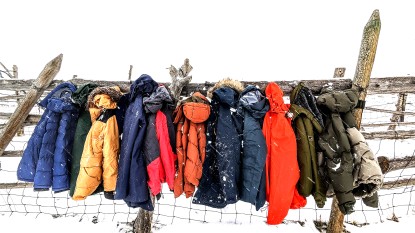Is it time to finally give your Grandpa's hand-me-down, saggy cotton long johns the boot and upgrade into the 21st century? A quality base layer is the kick-off point of having functional clothing set up for getting outside to play. The critical function of this piece of clothing is to regulate your body temperature through a range of temperatures and intensity of activities by providing warmth, wicking sweat away from your body, and keeping you dry — while also remaining comfortable and allowing for ease of movement. When choosing a base layer that will benefit your specific outdoor passions and lifestyle for years of adventures and everyday use, there's a lot to consider.
Key Considerations
It is important to consider what activities, conditions, and intentions for the use you have for a base layer. From that point, you can get into the nitty-gritty of fabrics, weights, features, etc. Are you an athlete who pushes yourself in the harshest conditions on earth, or do you just need something for walking your dog and shoveling snow in the middle of winter? The big considerations (outside of largely subjective ones like comfort and fit) are warmth, breathability, and durability. Do you need a layer that will keep you warm through the icy grips of winter, or do you need a more lightweight top that will breathe when you're sucking wind and sweating like a dog pedaling up technical terrain on your mountain bike in the fall? Is durability an important quality for your intended activities? Again, we can't stress enough the importance of understanding how and when you'll wear your base layer. Determine that first. Moving from there, here are a few things that may help in your research process.
Natural vs. Synthetic Fabric
There are several materials that these tops can be made out of, including silk, cotton, Merino wool, polypropylene, polyester, etc. For ease of digestion and relevance, we're going to cover only the materials included in our current review selection — merino wool, polyester, and silk — and lay out the pros and cons to each.
Merino Wool
Merino wool has deservingly taken its place as the best fabric to use for a base layer. Merino wool comes from a specific breed of sheep that live at higher elevations in New Zealand. Merino sheep have extremely fine wool, which makes for a delightfully soft feel next to skin with minimal to no itch. Cashmere, coming from sheep in the Himalayan region of Kashmir, would be the only sheep with finer wool than Merino. Merino wool is known for its unmatched ability to regulate body temperature through wide ranges of output and temperatures. Merino's natural anti-bacterial properties, combined with its superb ability to wick sweat and dry quickly, allow it to be used time after time without holding onto stink.
Synthetics
Base layers made of synthetic fabric are usually made with Polyester or incorporate a blend of a natural fiber like Merino Wool with Polyester. Synthetic options are usually less expensive and more durable than their Merino friends, although they are typically less breathable and not as warm. They also tend to build up a significant stench factor faster.
Blended Fabrics
Many tops, including a number in our review, are made of a Merino wool/polyester blend. For the sake of generalization, consider that these blended knits will have a blend of the positives and negatives related to each of the full-fiber options. Often these Merino/poly-blends shine brightest when it comes to moisture wicking — the wool fibers naturally wick sweat away from the body, and the lightweight polyester does quick work of evaporating it from the outside surface of the layer.
Silk
One of the finest fabrics in the world, silk is normally reserved for the likes of fine linen bed sheets and high-fashion. A natural fiber spun from cocoons of silkworms, the origins of silk date back nearly 4,000 years, although it is not often utilized when it comes to technical clothing. Silk is often more expensive and less durable than either wool or synthetic fabric, but cannot be beat when it comes to its ratio of weight-to-warmth-thickness.
Fabric Weight
Base layers come in a range of fabric weights: lightweight, midweight, and expedition weight. Depending on the season and temperature range as well as the intensity of activity, a specific weight may benefit your intended uses.
Lightweight
Lightweight options are going to be versatile across the three seasons, where snow is not involved and possibly a good choice for energy-intensive snow activities. These base layers are typically going to have high breathability, making them ideal for pursuits where you are working up a sweat in warm to cold conditions. This weight is a fantastic choice and staff favorite for backpacking through the summer and is awesome for mountain biking and trail running when the warm weather begins to cool off.
Midweight
Midweight options are going to be the most versatile. They are what most people go for, as they offer higher levels of warmth but still maintain versatility with breathability and wicking abilities. These are excellent for the winter season, from shoveling feet of snow to skiing on top of it. Performing comfortably in the cold of winter as well as when the mercury begins to rise again in spring and fall, a midweight will offer you a great all-around, do-everything base layer.
Expedition-weight
Expedition-weight tops are going to be your heavy hitters for extreme cold. These are the layers you will want to choose when warmth is a priority and being cold is not an option. We didn't test expedition-weight tops as they are not as commonly used. Still, a few of the warmest tops we tested would fall somewhere between a mid- and expedition weight, each made of warm, thick fabrics that are extremely warm but boast great breathability, allowing them to be versatile in their use across seasons. We would say these models carry close to the warmth of an expedition weight but the versatility of a midweight.
Sustainability
Although this is not part of our reviews of individual products, we believe it is one of the most important considerations when making a purchase. Both brands and consumers are growing more conscious of the impact of the clothing that we're making and wearing on both the environment and the lives of the people involved in the process. We all hold a responsibility to minimize the unnecessary harm that we either create or support, as well as do what we can to improve the lives of the people who work hard so we can have gear that allows us to enjoy the outdoors.
The dollars that we spend are one the most important and direct ways that we vote on the kind of environment and community we wish to both create and be a part of. When it comes to the apparel industry, it is important that brands make intentional efforts to move toward producing their clothing more sustainable.
Patagonia is an aggressive leader in spearheading as well as encouraging other brands to minimize the impact their clothing and business have. Sourcing and manufacturing with sustainable fibers and materials are some of the most significant steps an apparel company can take to reduce its environmental impact. As a consumer, supporting brands and buying products made with sustainable fabrics is how we can directly and intentionally vote with our dollars.
Natural fibers are more sustainable than oil-based or synthetic viscose like polyester or nylon. This is because a natural fiber is renewable — sheep will continue growing wool at sustainable rates — whereas the earth does not seem to be replenishing petroleum deposits as rapidly. Recycled content is the most sustainable as the raw product has already been created, and it takes less energy to re-purpose it than it does to source it raw. In the wool world, non-mulesed wool is preferred for animal welfare but is controversial. Mulesing wool is a process where wool-bearing skin is removed to prevent parasitic infection. It is controversial because the process is considered by many as cruel and painful for the sheep. It is a practice that is generally being phased out in the way of more humane alternatives.
Curious for more information on sustainability in apparel?
We found some great resources for learning more about the sustainability factors for fibers, fabrics, and materials used in apparel and footwear. One is the Higg Index, which is currently one of the most comprehensive rating systems in the industry regarding sustainability, from the extraction of raw materials, processing, manufacturing, shipping, waste, and recycling, taking a holistic approach to assessing this issue.


